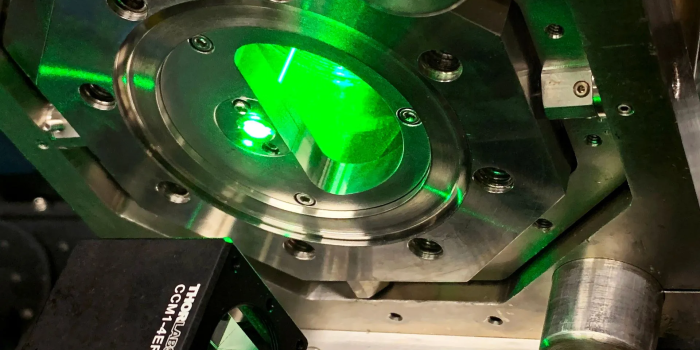In a remarkable stride within the realm of experimental physics, a team of nuclear physicists at the US Department of Energy’s Thomas Jefferson National Accelerator Facility has achieved a groundbreaking record in measuring parallel spin within an electron beam. This significant advancement, detailed in a research paper published in the journal Physical Review, not only surpassed a three-decade-old benchmark but also promises unprecedented insights into electron behavior, paving the way for cutting-edge experiments at Jefferson Lab.
Compton polarimetry, a method central to this breakthrough, involves detecting photons reflected off charged particles like electrons. By colliding laser light with an electron beam, scientists can observe photon interactions, providing novel insights into the spin properties of electrons and photons. This spin, or rotation, leads to polarization, a crucial characteristic for understanding the fundamental building blocks of matter and exploring the universe at its most minute scales.

According to Dave Gaskell, an experimental nuclear physicist at Jefferson Lab, “No one has measured the polarization of an electron beam to this precision at any lab, anywhere in the world.” The achievement, not just a benchmark for Compton polarimetry but for any electron polarization measurement technique, is a significant step in mastering the “spin measurement” technique, essential for accurate scientific analyses and understanding particle behavior.
Through experiments like the Calcium Radius Experiment (CREX) and Lead Radius Experiment (PREX-II), researchers at Jefferson Lab scrutinized heavy atoms’ nuclei to comprehend the distribution of protons and neutrons, known as the “neutron skin.” The precision achieved in measuring electron beam polarization during the CREX experiment, exceeding that of previous experiments, emphasizes the pivotal role of precise measurements in scientific inquiry.

The breakthrough opens doors for flagship experiments like MOLLER, testing the Standard Model of particle physics, and the future Electron-Ion Collider (EIC), which will demand precise polarimetry to probe forces binding protons and atomic nuclei.
Allison Zec, a co-author of the study, notes that this achievement has “broken through a barrier” and will make research results more significant, reinforcing Jefferson Lab’s role as a robust facility for physics experiments in the future. With heightened confidence in the precision achievable in polarimetry using electron beams, experimental nuclear physicists can now explore new horizons in their research findings.


